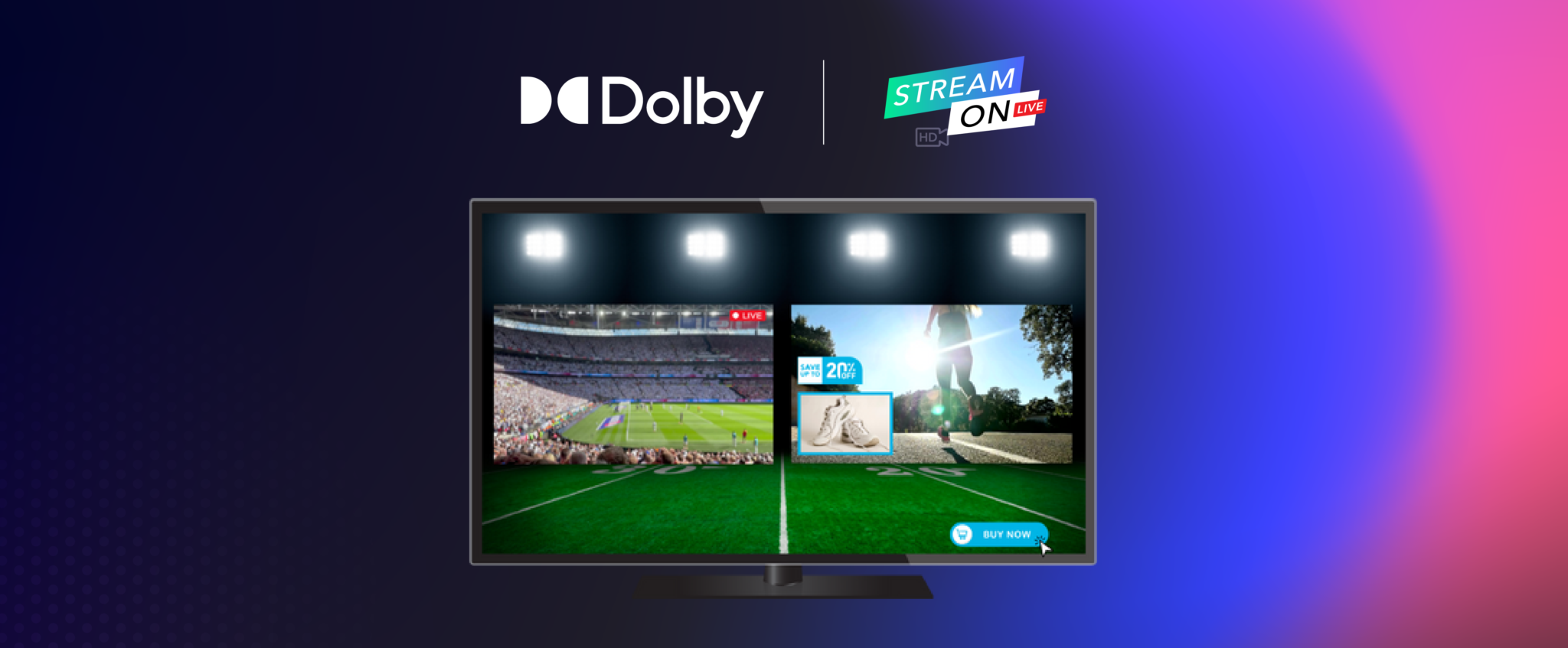The Future of In-Play Betting: How Real-Time Analytics is Changing the Game
You know that electric feeling when a game is on the line? The final seconds ticking down, the ball in the air, the entire stadium holding its breath. Well, that’s no longer just for the fans in the stands. For the modern bettor, that same high-stakes energy is available on their phone, live, with every play. This is the world of in-play betting, and it’s evolving at a breakneck pace.
But here’s the deal: the real magic, the true engine behind this revolution, isn’t just the ability to place a bet mid-game. It’s the sophisticated world of real-time analytics powering it all. We’re moving beyond simple odds. We’re entering an era of predictive, hyper-personalized, and incredibly immersive wagering experiences. Let’s dive in.
Beyond the Spread: What Real-Time Analytics Actually Means
At its core, real-time analytics is the instantaneous processing of live data. Think of it as the central nervous system for in-play betting markets. It’s not just about who scored a goal. It’s about everything.
- Player Tracking Data: Velocity, distance covered, heart rate, even fatigue levels in some advanced leagues.
- Event Streams: Every pass, shot, tackle, and foul is logged and quantified the millisecond it happens.
- Contextual Factors: Weather conditions on the field, momentum shifts, and even a key player looking at the bench clutching a hamstring.
This firehose of information is fed into complex algorithms that recalculate probabilities faster than a human can blink. The odds you see updating on your screen? That’s a supercomputer’s best guess, refined with every tick of the game clock.
The Tech Stack Powering the Next Wave
So, how does this all work without a frustrating lag? Honestly, it’s a minor technological miracle. The infrastructure supporting live betting data integration is a thing of beauty.
Low-Latency Data Feeds and APIs
The entire system relies on getting data from the pitch to the platform near-instantly. We’re talking specialized APIs and data providers that shave milliseconds off transmission times. In this world, a half-second delay is an eternity. This seamless flow is what allows for truly dynamic odds.
Machine Learning and Predictive Modeling
This is where it gets really smart. Machine learning models don’t just react; they anticipate. They’ve digested decades of historical data. They know that when a specific basketball team is down by 10 points in the fourth quarter, their probability of winning drops by X%. But they also process the live data: “Ah, but their star player just hit three threes in a row. Momentum shift detected. Adjust the odds.”
The Cloud and Scalability
Cloud computing provides the monstrous processing power needed to handle millions of concurrent bets across thousands of events. It scales up instantly for a Champions League final and scales down for a lower-league cricket match. This elasticity is what makes global in-play betting a viable, smooth experience for everyone.
Not Just for Bookmakers: Empowering the Bettor
Sure, the operators have powerful tools. But the future is about democratizing that intelligence. The next generation of betting apps will offer predictive betting analytics directly to the user.
Imagine getting a push notification: “Based on live possession stats and attacking third entries, Team A’s likelihood of scoring next is currently 68%.” This isn’t a tip; it’s a data-driven insight. It turns a bettor from someone guessing into someone making an informed decision. It adds a layer of depth that’s just… fascinating.
Challenges and Ethical Considerations
Of course, this powerful tech comes with big responsibilities. The industry’s biggest pain points are coming into sharp focus.
Problem: The speed and ease could potentially encourage problem gambling behaviors. It’s a legitimate concern.
Solution: The same real-time analytics can be used for good. Operators can deploy systems that identify risky betting patterns in real-time and trigger responsible gambling interventions—cool-off periods, deposit limits, or direct messages with support resources.
Then there’s data integrity. The entire system collapses if the data is wrong or, worse, manipulated. Robust verification and sourcing from official, trusted partners is non-negotiable. It’s the bedrock of trust.
A Glimpse Into The Crystal Ball: What’s Next?
The trajectory is clear. In-play betting is moving towards hyper-personalization and immersion.
Micro-Betting: We’re already seeing bets on the next pitch, the next corner, the next point. This will become the norm, creating a continuous, engaging experience rather than a few bets per game.
Augmented Reality (AR): Picture watching a game through your phone’s camera, with live odds and stats overlaid on the players as they move. The line between watching the game and interacting with it will completely blur.
AI-Powered Personal Assistants: A built-in bot that knows your preferences, your betting history, and can surface the live opportunities you’ll actually care about. “You usually bet on NBA overs. With 5 mins left and this pace, the current total is 210. The model projects a 75% chance it goes over 215. Want in?”
The future of in-play betting isn’t just faster bets. It’s smarter, safer, and deeply integrated into how we experience sports itself. The data is the star player, and we’re all just getting a front-row seat to the show.




